Can Elephants Sense Tsunamis Before they Happen?

Some large animals are able to sense tsunamis that we can’t detect. Learn about what causes tsunamis and where they happen.
Phenomenon-based learning is an educational approach that engages students in science. It starts with a “phenomenon,” or an attention-grabbing image or video clip that hooks students into the lesson.
Ideally, phenomena should be visually interesting and not easily understood at first glance. Instead, phenomena should be complex ideas that get students to ask questions and draw upon multiple areas of science to help answer them.
For example, the tortoise phenomenon is a wacky story of a giant land tortoise that got washed across the Indian Ocean. The story can’t be fully explained without knowing about sea surface currents, wind patterns, and monsoon seasons. In addition, the story is good fodder for discussion about the differences between tortoises (who generally don’t swim) and their cousins, sea turtles, who make long migratory journeys across the oceans each year.
We use datasets from NOAA’s Science On a Sphere® (SOS) to help explore and explain science phenomena. If you are using SOS Explorer® or SOS Explorer® Mobile, look for datasets designated as “Available for: SOSx”. Phenomenon-based learning also pairs well with the Next Generation Science Standards.

Some large animals are able to sense tsunamis that we can’t detect. Learn about what causes tsunamis and where they happen.

Venezuela’s Lake Maracaibo has lightning storms almost half the days of the year, due to its unique combination of moisture, temperature, and topography.

Tons of plastic are put into the ocean every year and accumulate in patches; the largest of which is twice the size of Texas. Over time it breaks down and makes its way to the seafloor.
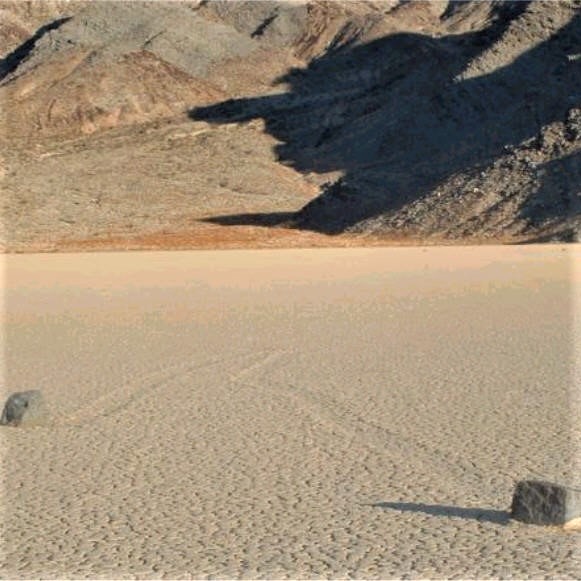
Combine rainfall in Death Valley with its wild temperature swings, throw in some rocks and a little surface wind, and you have a recipe for locomotion.

Sand dunes can exist anywhere in the world from the Namib Desert to the coast of Lake Michigan. combine round grains of sand, silica, and humidity, and these dunes may even sing!
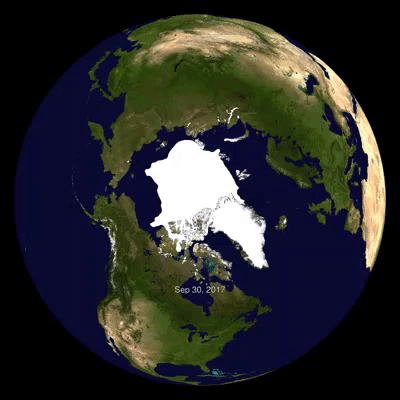
White, snowy areas help to reflect heat from sun away from the Earth. As the ice caps melt due to anthropogenic climate change, they reflect less heat, causing the global temperatures to rise, which causes the ice caps to melt faster…
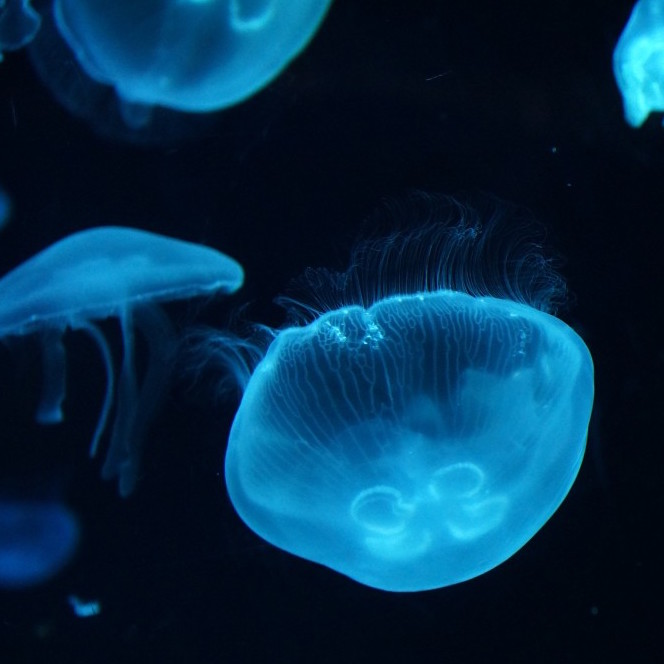
Mosquito Bay in the Caribbean island of Vieques literally lights up at night due to nearly a million tiny animals that are only visible at night thanks to their bioluminescence.

The phenomenon known as STEVE (Strong Thermal Emission Velocity Enhancement) is similar to Aurora Borealis and Australis, but is caused by a ribbon of hot gases, not electrons and protons.

As CO2 levels in the ocean rise, the pH of the seawater decreases, which can have a “dissolving” effect on some animals—such as coral—similar to the way vinegar dissolves an eggshell.
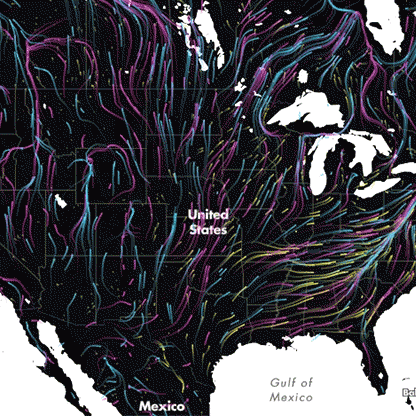
Every year thousands of species from zooplankton to blue whales pack up and move to follow changing seasons in search of warmer weather and food.
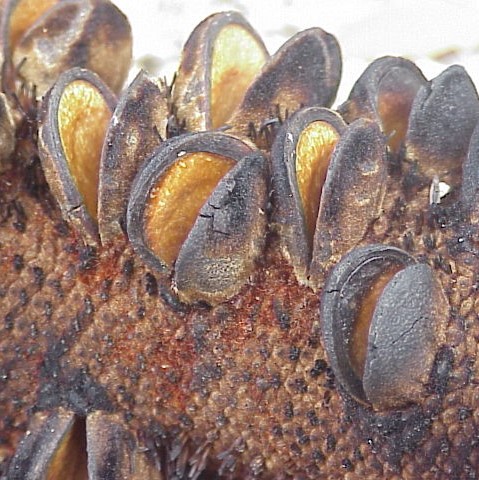
Forest fires can be incredibly destructive to humans, animals, and plants, but somteimes a forest fire is needed to allow trees to regenerate.
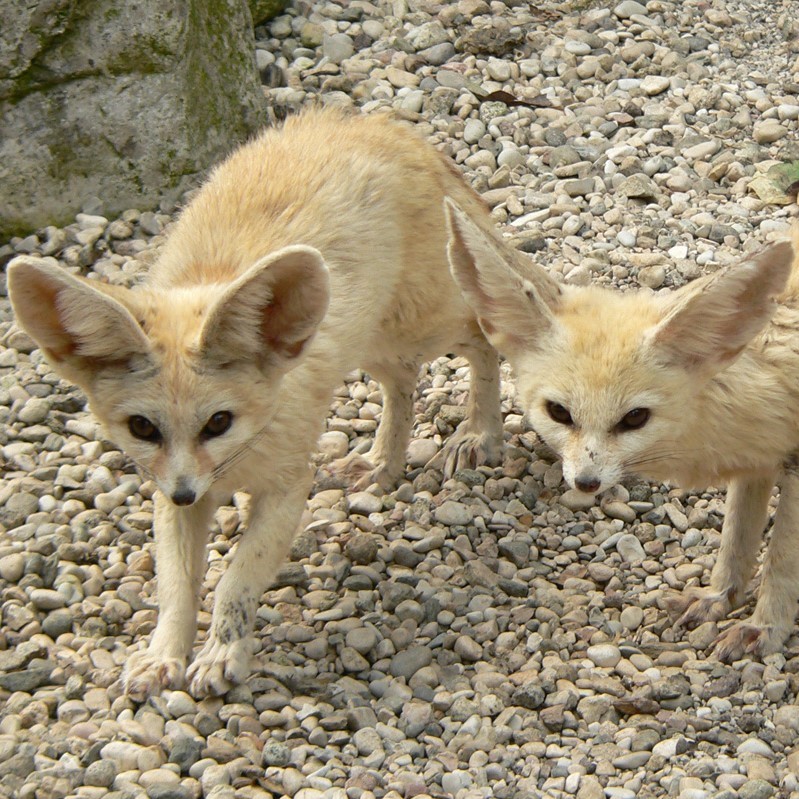
Fennec foxes have huge ears not just for hearing, but also to regulate their body temperature.
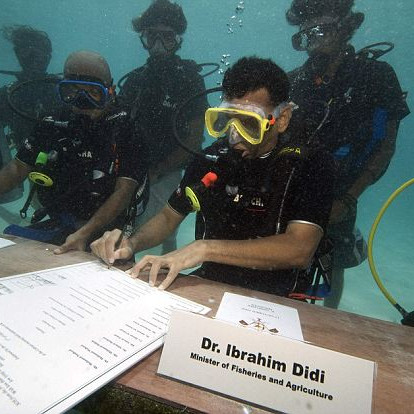
The President of the Maldives held a cabinet meeting about global carbon emissions underwater to highlight how pressing the issue is for the sea-level nation.
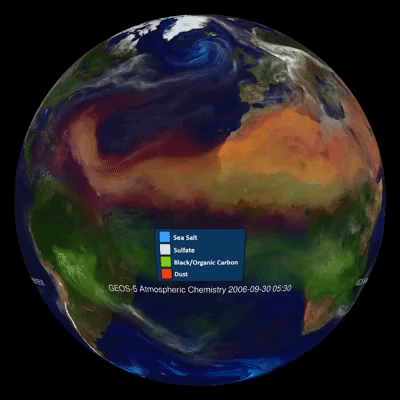
The Saharan Air Layer brings several hundred million tons of dust from the Saharan Desert in Northern Africa to the Caribbean and the Americas every year.

The worst drought in over a thousand years of California’s history finally ended in 2014 thanks to an atmospheric river caused by El Niño.

Although these exoplanets have only been detected as blips of shadow across faraway stars, artists have worked with scientists to imagine what these far-away planets might look like.

Tiny algae called “zooxanthellae” live inside some coral and feed it sugars through photosynthesis in exchange they are protected by coral from the open ocean.

Despite the fact that enough food is produced every year to feed 10 billion people around 11 percent of the Earth’s population goes hungry.

A tortoise that crossed the Indian Ocean teaches us about monsoons, ocean currents, and the difference between turtles and tortoises.